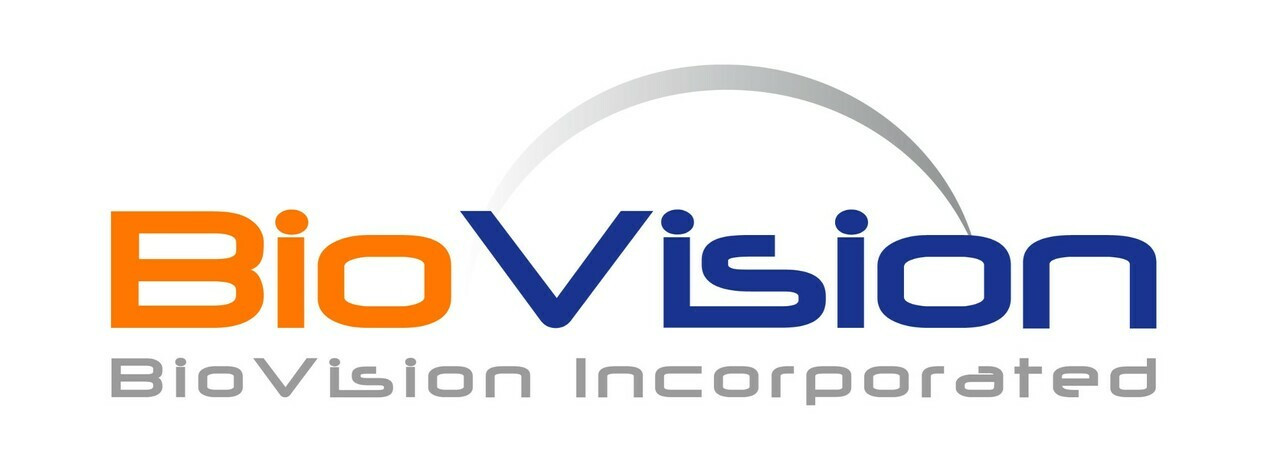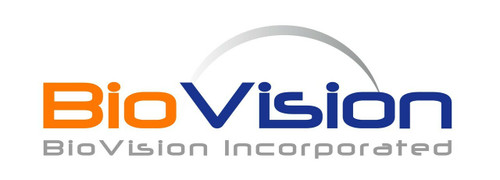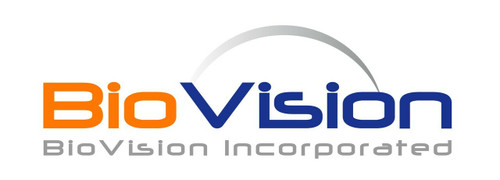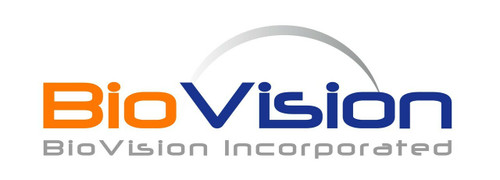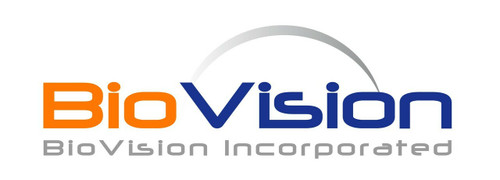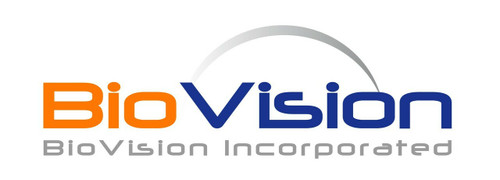Product Description
Ubiquitin is a small polypeptide that can be conjugated via its C-terminus to amine groups of lysine residue on target proteins. This conjunction is referred to as monoubiquitylation. Additional ubiquitin moieties can be subsequently conjugated to this initial ubiquitin, utilizing any one of the seven lysine residues on the surface of ubiquitin. The formation of these ubiquitin chains is referred to as polyubiquitylation. This tag-free recombinant form of human ubiquitin is engineered to have all available lysines mutated to arginines, except at position 29. This molecule, therefore, can only form polyubiquitin chains of K29 linkage type. Covalent attachment of ubiquitin to other proteins serves various functions, but its major role is to target cellular proteins for destruction. Cellular components that activate, transfer, remove, or simply recognize ubiquitin number in the hundreds, perhaps even in the thousands. In light of this complexity the ubiquitin pathway is ideal for a systems biology approach. Ubiquitin plays a very important role in regulated non-lysosomal ATP dependent protein degradation. The Ub-proteasome proteolytic pathway, which is a complex process, is implicated to be of great importance for regulating numerous cellular processes.
Biovision | 6398 | Human Recombinant Ubiquitin-K29 DataSheet
Biomolecule/Target: N/A
Synonyms: Human Recombinant Ubiquitin-K29
Alternates names: Aldo-keto reductase family 7, member A 3, Aflatoxin B1 aldehyde reductase member 3, AFB1 aldehyde reductase 2(AFAR2).
Taglines: Serves as a substrate for K29 polyubiquitination
NCBI Gene ID #: 22977
NCBI Gene Symbol: AKR7A3
Gene Source: Human
Accession #: O95154
Recombinant: Yes
Source: E. coli
Purity by SDS-PAGEs: 95%
Assay: SDS-PAGE
Purity: N/A
Assay #2: N/A
Endotoxin Level: N/A
Activity (Specifications/test method): N/A
Biological activity: Specific activity is approximately > 0.1 units/mg
Results:
Binding Capacity: N/A
Unit Definition: N/A
Molecular Weight: 41.6 kDa
Concentration: 4 mg/ml
Appearance: Liquid
Physical form description: 4 mg/ml in PBS.
Reconstitution Instructions: N/A
Amino acid sequence: MRGSHHHHHH GMASMTGGQQ MGRDLYDDDD KDRWGSELE SRQLSRARPA TVLGAMEMGR RMDAPTSAAV TRAFLERGHT EIDTAFVYSE GQSETILGGL GLRLGGSDCR VKIDTKAIPL FGNSLKPDSL RFQLETSLKR LQCPRVDLFY LHMPDHSTPV EETLRACHQL HQEGKFVELG LSNYAAWEVA EICTLCKSNG WILPTVYQGM YNAITRQVET ELFPCLRHFG LRFYAFNPLA GGLLTGKYKY EDKDGKQPVG RFFGNTWAEM YRNRYWKEHH FEGIALVEKA LQAAYGASAP SMTSATLRWM YHHSQLQGAH GDAVILGMSS LEQLEQNLAA AEEGPLEPAV VDAFNQAWHL VAHECPNYFR
 Euro
Euro
 USD
USD
 British Pound
British Pound
 NULL
NULL

